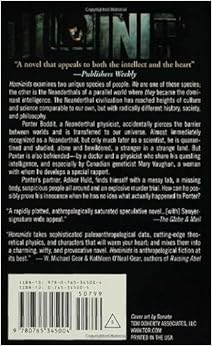
Trillions of neutrinos passed right through the Earth every second in fact, a neutrino could travel through a block of lead a light-year thick with only a fifty-percent chance of hitting something.


Indeed, nothing could penetrate into the heavy water except neutrinos, those infinitesimal subatomic particles that were the subject of Louise's research. And the shell of regular water absorbed the natural background radiation from the small quantities of uranium and thorium in the surrounding rock, preventing that, too, from reaching the heavy water. The two kilometers of Canadian shield overhead, Louise knew, protected the heavy water from cosmic rays.

And that gargantuancavern was filled almost to the top with ultrapure regular water. All of this-the heavy water, the acrylic globe that contained it, and the enveloping geodesic shell-was housed in a ten-story-tall barrel-shaped cavern, excavated from the surrounding norite rock. The sphere was filled with eleven hundred tonnes of heavy water on loan from Atomic Energy of Canada Limited.Įnveloping that transparent globe was a geodesic array of stainless-steel struts, supporting 9,600 photomultiplier tubes, each cupped in a reflective parabola, each aimed in toward the sphere. Suspended in the center of that cavern was the world's largest acrylic sphere, twelve meters-"almost fordy feet"-across.

The control room was next to the deck above the vast, unilluminated cavern housing the Sudbury Neutrino Observatory. She kept her vigil in a cramped control room, buried two kilometers-"a mile an' a quarder," as she sometimes explained for American visitors in an accent that charmed them-beneath the Earth's surface. Watching over it was Louise Benoît, twenty-eight, a statuesque postdoc from Montreal with a mane of thick brown hair stuffed, as required here, into a hair net.


 0 kommentar(er)
0 kommentar(er)
